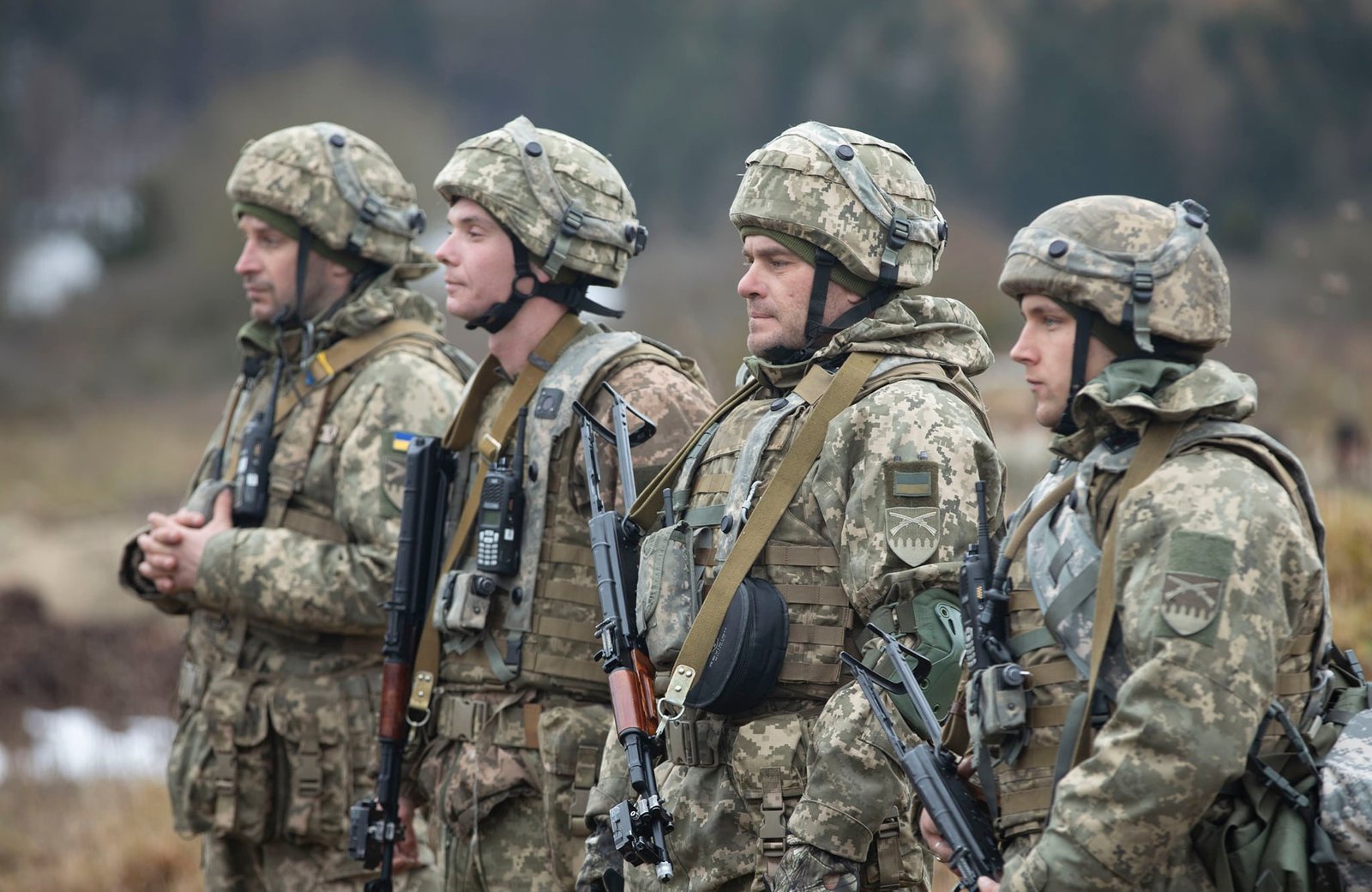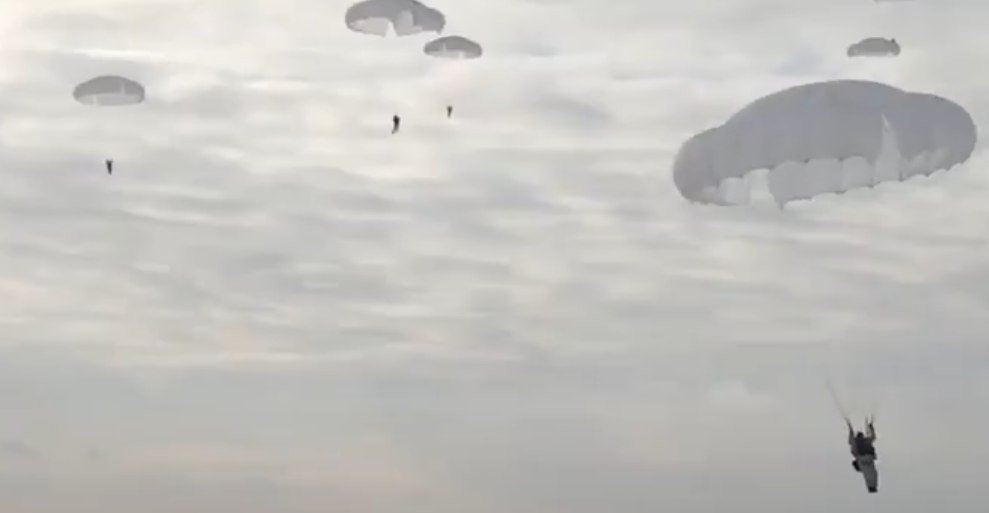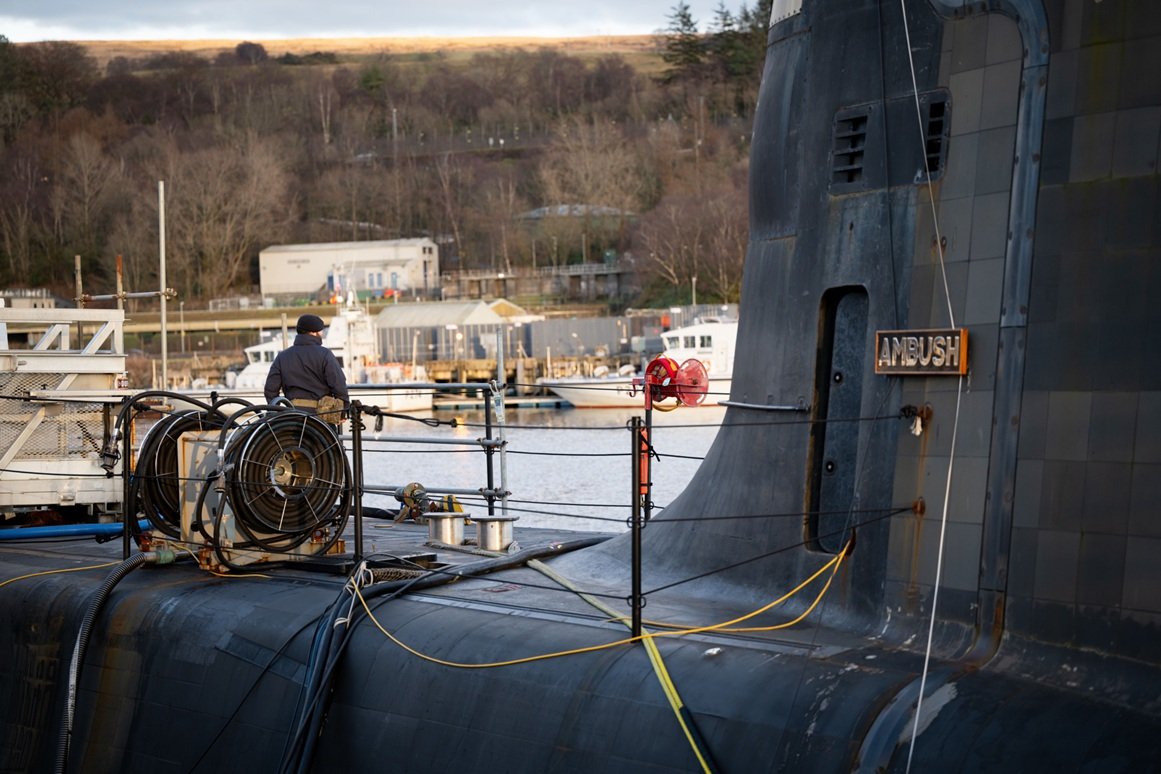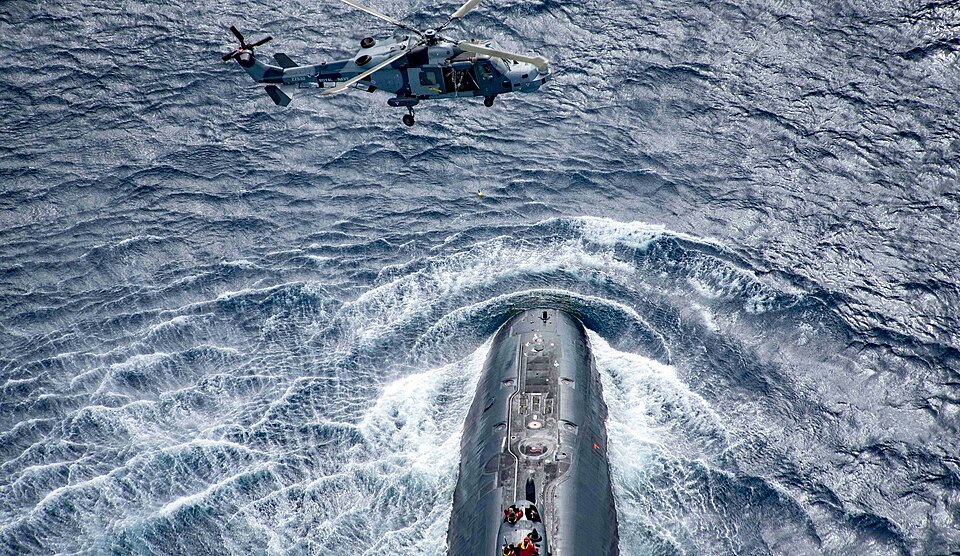
Ukraine presents improved sea drone “Sea Baby” — longer range, higher payload, new weapons modules
The Security Service of Ukraine (SBU) has presented a new generation of unmanned watercraft “Sea Baby” at a special presentation, which, according to official data, can operate up to 1,500 km and carry a load of up to 2,000 kg. At the same time, the Kiev authorities said that the devices are equipped with missile modules, a gyro-stabilized machine gun and autonomous defense elements, which they say is a significant step in the naval campaign in the Black Sea.
At the press presentation of the SBU, two modified versions of the Sea Baby vessel were displayed to journalists. According to Ukrainian officials, the presentation showed that the range of these units has been increased from approximately 1,000 km to approximately 1,500 km compared to the previous generation, and that their load (combat) capacity reaches up to 2,000 kg.
The SBU emphasized the platform’s modularity during the presentation: one variant was modified to carry a multiple rocket module resembling a small MLRS, another was equipped with a gyro-stabilized machine gun, and other configurations are intended to launch smaller reconnaissance or attack drones.
During the demonstration, one of the vessels underwent a test run with remote control and live broadcast from the shore. The SBU also said that the new versions include autonomous safety features, including self-destruct mechanisms, to prevent their capture by an adversary. Ukrainian authorities also said that some versions of the Sea Baby have already been used in combat operations against targets in the Black Sea region, with these claims being reported in international news simultaneously.
Technical details and variant concepts
The SeaBaby design is based on a basic floating hull designed for high modularity — the platform is dimensioned to allow rapid exchange of armament, cargo and sensor modules, thereby adapting the unit to a specific mission or climatic conditions in the Black Sea.
This modular approach allows the SeaBaby to be deployed as a carrier of a system similar to a small MLRS, as a carrier with a gyro-stabilized machine gun, or as a “mothership” for launching smaller reconnaissance or attack drones. The configuration also includes standardized connectors for navigation and communication modules, which, according to the technical descriptions, facilitates logistics and rapid exchange of capabilities in the field.
In terms of the propulsion system and avionics, the SBU has introduced reinforced engines and improved navigation units, which are intended to contribute to increased range and reliability in the open sea. The modified units reportedly combine traditional GNSS navigation with inertial systems and more modern autopilots, which is intended to reduce the risk of failure due to GPS interference.
These changes, along with a larger fuel capacity and optimized hull hydrodynamics, explain the platform’s extended operational range, according to analysts.
However, performance limits and logistics remain subject to several factors. Maximum speed and autonomous cruising time vary by version and load. Heavier configurations with MLRS or a larger fuel supply increase range and attack power, but at the same time limit maneuverability and increase the radar visibility. SeaBaby is mostly controlled remotely from mobile control centers, with communications designed to be redundant (radio, satellite links and, in some cases, optical links) to minimize the risk of connection interruption.
Operational Use in the Black Sea — What Does It Mean in Practice
According to Ukrainian authorities and news agencies Reuters and AP, SeaBaby’s current deployment includes offensive missions against Russian vessels in the Black Sea region. According to available information, some units have been used in attacks on smaller warships and support targets, while the Ukrainian side also reports incidents near bridges and other infrastructure facilities that were attributed to unmanned USV-type vessels. These operations demonstrate the SeaBaby’s ability to carry out precisely targeted strikes with minimal risk to the human crew.
The deployment of the improved SeaBaby drones has significantly affected Russia’s strategy in the Black Sea. According to AP News, Russia has had to relocate some parts of the Black Sea Fleet and adjust its operational planning to minimize the risk of attacks by USVs. The Russian Navy has also intensified electronic jamming, protection of critical ships and strengthened coastal defenses, thus responding to the growing capabilities of Ukrainian naval drones. These changes show that even relatively small unmanned platforms can change the behavior of traditional naval forces in an asymmetric conflict.
Technological Trends and Impact on Future Naval Warfare
The development of the Sea Baby platform by the Security Service of Ukraine (SBU) reflects broader technological trends in the field of unmanned surface vessels (USVs) and at the same time suggests what future naval warfare could look like. Key trends include modularity, the advent of artificial intelligence in guidance, the combination of explosive drones with weapons modules, and the ability to launch smaller drones from larger USVs.
From a technological perspective, modularity means that individual USVs can be relatively quickly reconfigured as needed – instead of a single specialized vessel, one can have a universal platform on which modules for attack (missiles), defense (machine gun station), or reconnaissance (drones, sensor system) are mounted. This approach allows for cheaper and more flexible force construction in the maritime space, which is especially advantageous for states that cannot maintain traditional fleets.
In addition, the combination of explosive USVs and weapons modules is gaining ground – meaning that some drones may not be single-use “kamikaze” types, but may have variants designed for attack missions with missiles or machine guns and variants designed for support or reconnaissance tasks.
These technologies indicate a fundamental paradigm shift. Small, relatively cheap and quickly deployable USVs can increase the pressure on traditional warships in contaminated waters (e.g. the Black Sea), which must reckon with the risk of attack from multiple directions, often from smaller, hard-to-detect platforms. This shift has prompted NATO, for example, to intensify USV testing and integration of these systems into joint operations – including exercises in the Baltic region, which tested the ability of USVs to work together in a network and expand the capacity of allied vessels.


Peter North
















